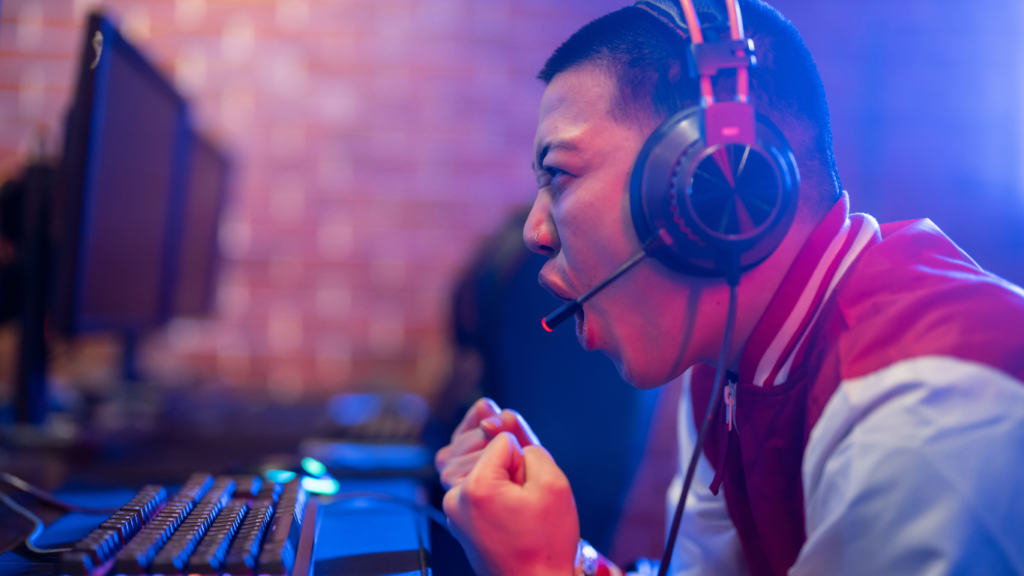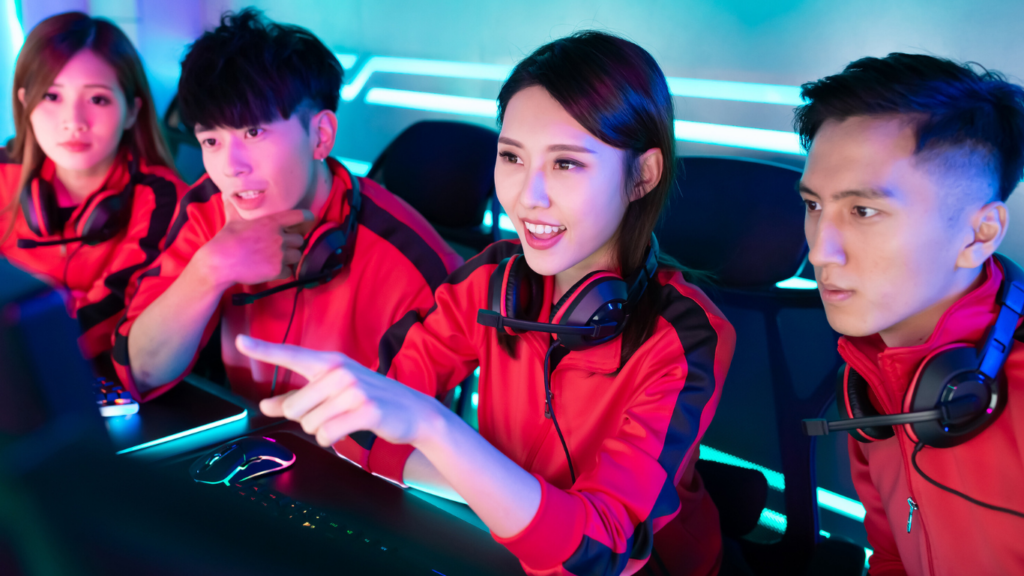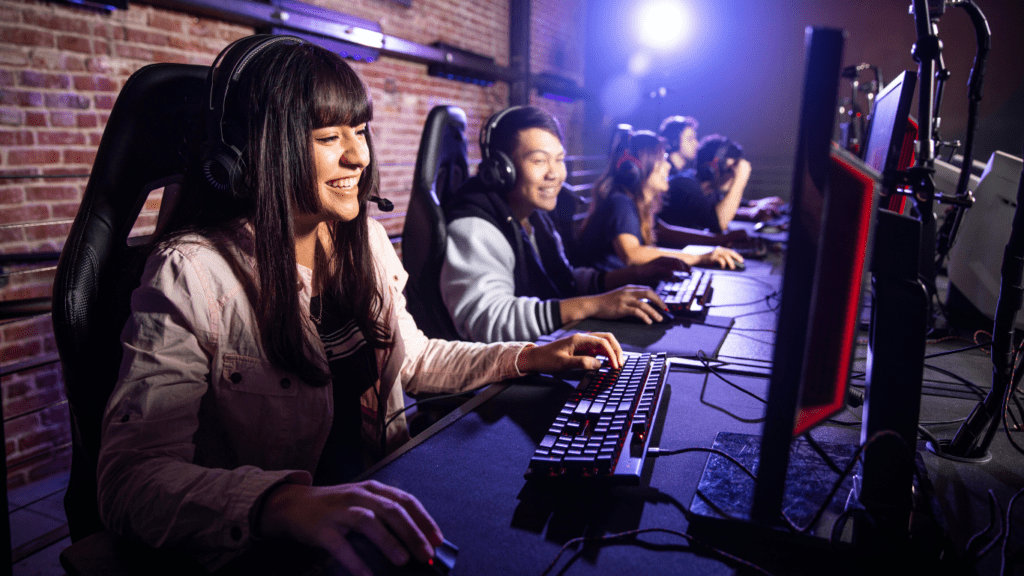In the ever-evolving world of competitive gaming, one thing’s become crystal clear—versatility is king. The days of mastering a single role or skill are fading fast as hybrid players, those who excel in multiple areas, are redefining the meta. It’s no longer just about being the best at one thing; it’s about being adaptable, unpredictable, and ready to shift strategies on the fly.
The Evolution Of Hybrid Players
Hybrid players have emerged as pivotal figures, blending diverse skill sets to adapt seamlessly across roles. This evolution reflects shifts in both strategy and individual player development.
A Brief History Of Specialization In Sports
For decades, specialization defined success in sports and gaming. Players honed specific roles, excelling as experts in narrowly-defined functions. For example, basketball had distinct positions like centers for rebounding and point guards for playmaking. In early esports, players trained exclusively in one role such as “support” or “sniper,” deeply mastering these mechanics. Specialization fostered consistency but limited adaptability.
The Shift Towards Versatility
Versatility has replaced rigid mastery as modern gaming and sports demand flexible tactics. Players now combine multiple skills to counter dynamic scenarios. For instance, in esports like League of Legends, hybrid players alternate between offensive and defensive roles mid-match. In traditional sports, athletes increasingly cross-train to handle diverse game situations. This shift reflects a strategic priority on adaptability over singular expertise, pushing players to become multi-dimensional assets.
Why Versatility Is Gaining Popularity
Versatility is gaining momentum in competitive gaming and traditional sports due to its significant strategic and performance benefits. The shift reflects evolving game dynamics and advanced tools that prioritize adaptability.
The Influence Of Modern Game Dynamics
Modern games consistently challenge players to adapt to changing scenarios during matches. Titles like Valorant and League of Legends feature frequent updates, introducing new characters, abilities, and mechanics. This dynamic environment rewards hybrid players who can quickly master new elements while transitioning between roles.
Competitive matches demand flexibility because rigid strategies are easier to counter. Teams increasingly value players capable of switching roles mid-game, allowing more effective responses to opponents’ tactics. For instance, a hybrid support player might take on damage-dealing responsibilities in high-pressure moments, directly changing the match’s outcome.
The Role Of Technology And Analytics
Advancements in analytics provide a detailed understanding of player performance across multiple skill sets. Tools like AI-driven performance trackers analyze in-game decisions, enabling teams to identify players suited for hybrid roles.
Streaming platforms and esports organizations leverage these insights to highlight versatility as a desirable asset, creating a standard for aspiring players. Technology has also improved cross-training methodologies, for example, simulation-based scenarios that promote dynamic problem-solving, fostering multi-role expertise. These tools empower players to develop hybrid skills effectively within shorter timeframes, making versatility a cornerstone of modern gameplay.
Key Characteristics Of Successful Hybrid Players

Hybrid players consistently demonstrate unique traits that set them apart, enabling them to adapt and excel in dynamic competitive environments. Their success stems from a combination of adaptability, extensive skillsets, and strategic thinking.
Physical And Mental Adaptability
- Successful hybrid players respond effectively to both physical demands and mental challenges.
- Physically, they maintain endurance and fine motor skills vital for competitive tasks like executing precise in-game mechanics or performing under pressure in traditional sports.
- Mentally, they excel at analyzing in-game situations in real-time, handling stress, and staying focused during rapid shifts in gameplay.
- Esports athletes playing games like Valorant manage micro-level reactions while adapting strategy on the macro-level, showcasing this adaptability.
Multidisciplinary Skillsets
Combining diverse skills allows hybrid players to master multiple roles or positions. In esports, players might rotate seamlessly between support and damage-dealing roles, as seen in Overwatch or Dota 2, by understanding each role’s unique dynamics. Traditional athletes integrate skills from different disciplines, like soccer players focusing on both defensive techniques and offensive plays. This diversified expertise enhances their value to teams, making them indispensable in matches with evolving strategies.
The Impact On Team Dynamics And Strategies
Versatility influences how teams operate and approach gameplay. Hybrid players are reshaping traditional team structures, adding flexibility and depth to strategies.
Changing Roles And Responsibilities
Hybrid players blend abilities, enabling seamless role transitions during matches. Teams no longer assign fixed positions; instead, players adapt roles based on real-time requirements. Esports titles like Overwatch and Valorant highlight this shift, where agents and characters require a mix of skills like:
- damage
- support
- control
In traditional sports, multi-positional athletes like soccer midfielders who defend, attack, and set plays embody this versatility. This fluidity enhances synergy, as teams adjust tactics dynamically, depending on opponents and game conditions.
Enhanced Flexibility In Game Plans
Game plans evolve because hybrid players introduce adaptable strategies. Coaches design multi-layered tactics, leveraging players who excel across scenarios. A League of Legends hybrid player, for example, might rotate between mid-lane and jungle roles, countering opponents’ strategies on-the-fly. Similarly, in basketball, forwards who can both shoot from long-range and defend in the post create unpredictable lineups. Teams now prioritize versatility during drafts and training, as it enables quicker shifts in momentum, better resource allocation, and tailored responses to rivals’ gameplay.
Challenges Faced By Hybrid Players
Hybrid players face several challenges despite their growing importance in modern competitive gaming and traditional sports. These obstacles test their adaptability and can impact performance and career longevity.
Managing Physical And Mental Fatigue
Balancing diverse roles demands sustained physical energy and mental focus. Constantly alternating between skill sets or positions can strain concentration, leading to decision-making errors under pressure. For example, hybrid players in esports, like support/jungle roles in League of Legends, must maintain sharp reflexes while executing complex strategies. In traditional sports, cross-training across roles can cause overuse injuries, highlighting the need for efficient recovery and tailored training.
To mitigate these effects, adopting structured rest schedules, mental conditioning techniques, and role-specific training are vital. These strategies help players maintain peak performance throughout competitive seasons and reduce burnout risks.
Overcoming Stereotypes And Preconceptions
Hybrid players often encounter biases favoring specialists. Teams or fans may undervalue versatile players, assuming that mastery in multiple skills comes at the expense of role-specific expertise. For instance, esports communities sometimes perceive flexible players as “jack of all trades, master of none,” which can lead to unfair evaluations of their contributions. In traditional sports like soccer, versatile athletes might face relegation to secondary roles due to outdated coaching philosophies.
Establishing clear metrics to evaluate adaptability and highlighting critical contributions during key moments are essential to changing perceptions. Teams that recognize and adapt to these challenges can better support hybrid players’ development, fostering long-term success.





